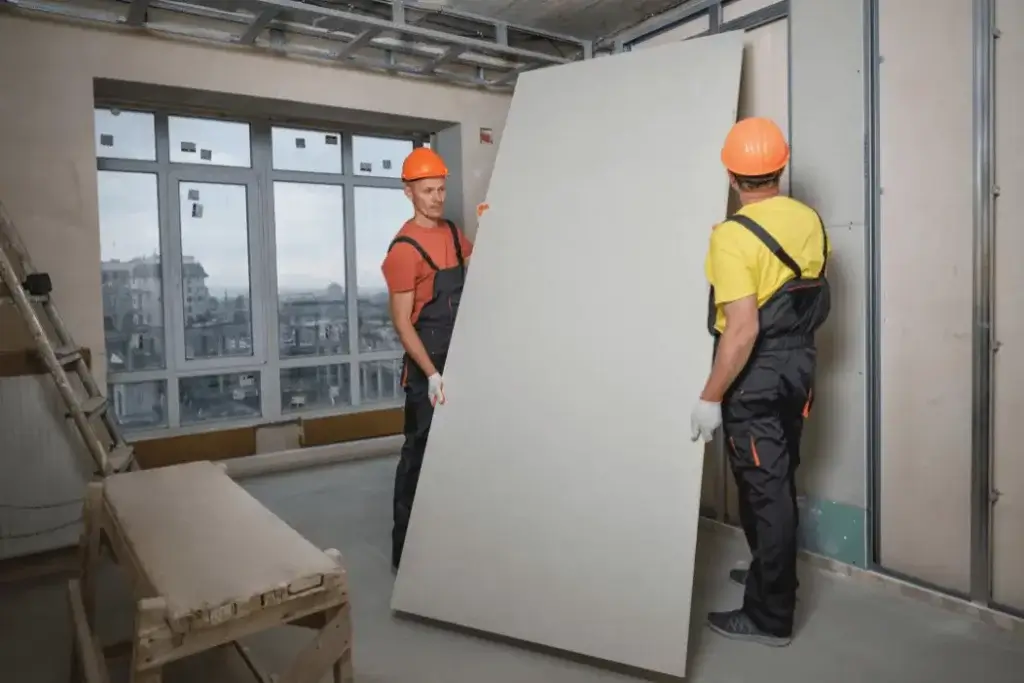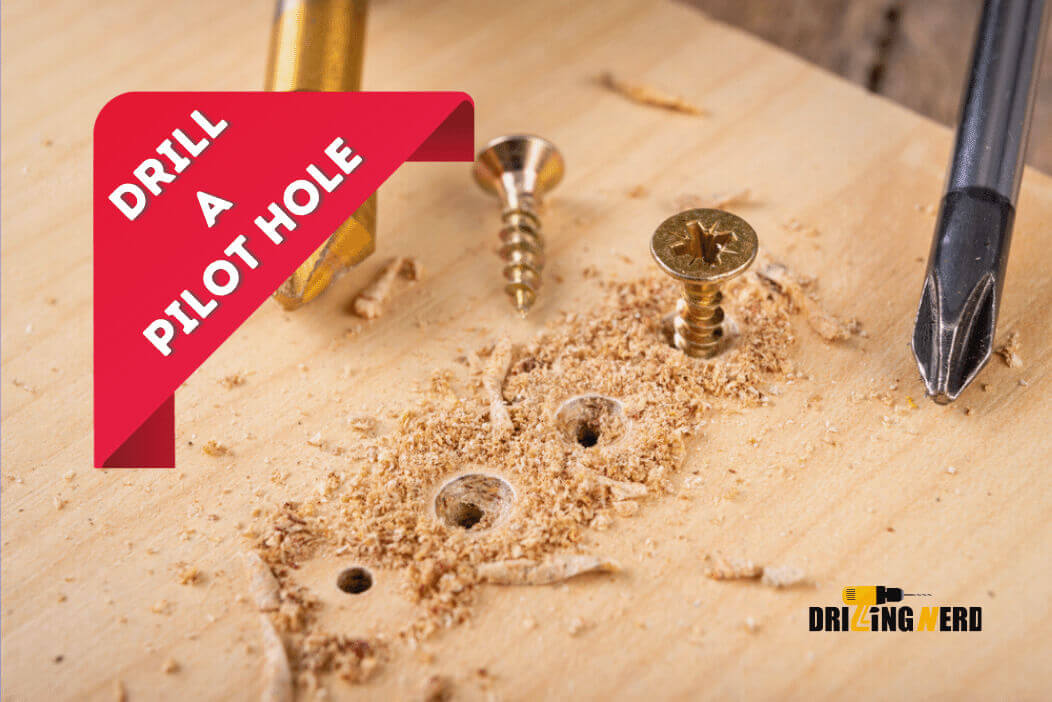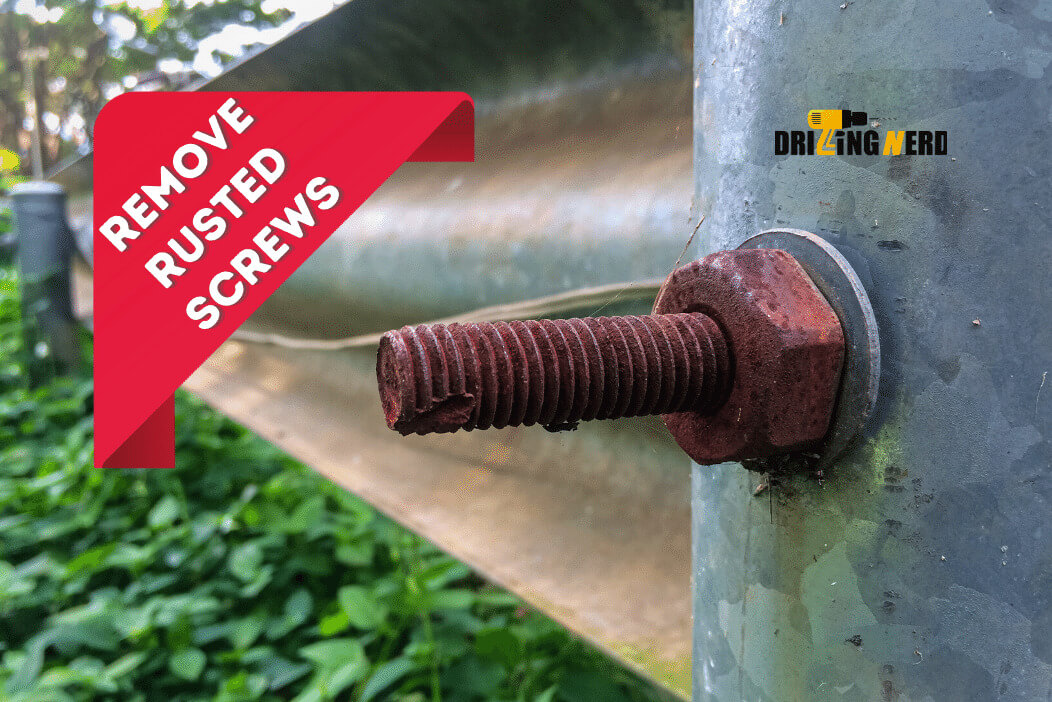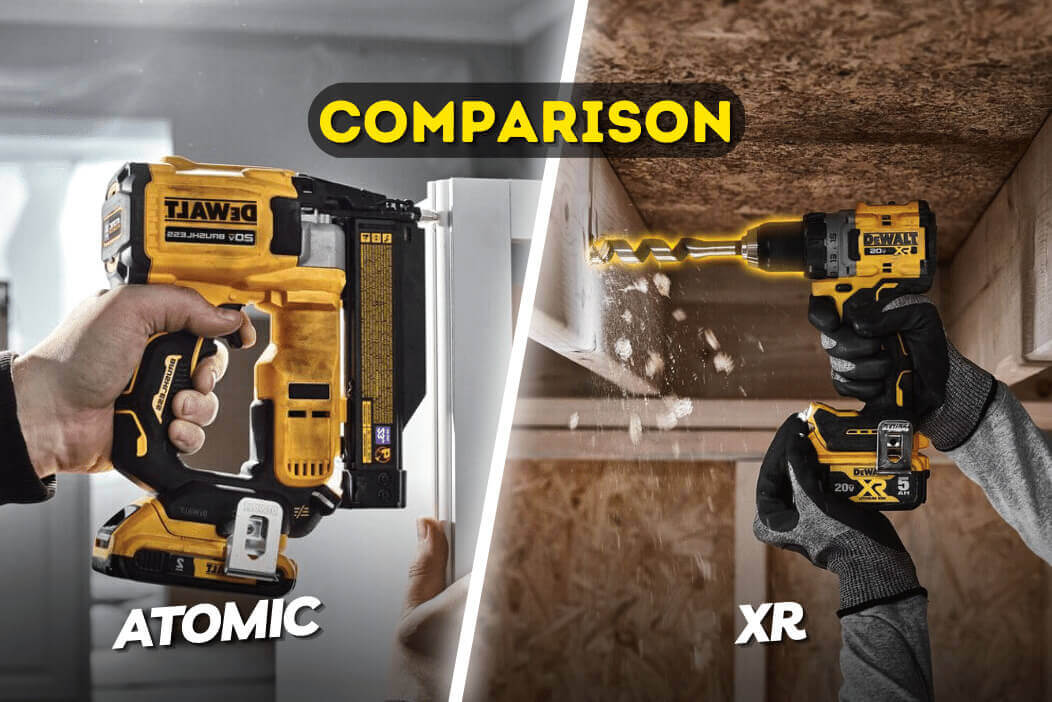- What Exactly Is Drywall?
- What Exactly is Plaster?
- Is It Better to Use Drywall or Plaster?
- Is It More Cost-Effective to Install Drywall Than Plaster?
- Should I Replace the Plaster Walls in My Home With Drywall Instead?
- Is Plaster Adhesive for Drywall?
- Differences Between Drywall and Plaster Walls:
- Why Would You Put Plaster Over Drywall in the First Place?
- Whether Your Walls Are Plaster, How Can You Tell if They Are Drywall?
- Frequently Asked Questions:
- Conclusion:
The phrases “drywall” and “plaster” are sometimes used interchangeably for interior design. However, common confusing phrases like Great Britain and the United Kingdom, or prawns and shrimp, drywall and Plaster refer to wholly different things, drywall and Plaster refer to completely different things.
This misconception stems from the widespread usage of the phrase “plasterboard,” which may easily be confused with “plaster” – after all, they are both halves of the same word. On the contrary, drywall and plasterboard are essentially the same material, labeled differently, unlike drywall and Plaster.
Even though drywall is derived from Plaster and is often known as plasterboard, there are few parallels between drywall and Plaster in practical use. As a result, you must be aware of the distinctions since your decision will significantly influence your property.
What Exactly Is Drywall?

In its most basic form, drywall is a pre-rendered strip of material that is intended to be put down to create the exterior of a wall after it has been painted. Gypsum is generally used in this application, with heavy-duty backing paper on both sides.
The term “drywall” is almost certainly familiar to everyone who has ever been involved in any form of debate around the issue of home construction or remodeling. You may have even seen it on one of your favorite home improvement shows.
Finishing walls using drywall is one of the most prevalent building materials used in the construction industry. It is well-liked for its price, ease of use, and set up and configured speed. Drywall is quite sturdy and will endure for many years without care, but it is also rather simple to repair if it is damaged.
In addition to drywall, you may be familiar with some of its other names, including gypsum board, buster board, gypsum panel, custard board, plasterboard, wallboard, and sheetrock. Drywall All of these terms seem extremely distinct, yet they refer to the same core product in most cases.
The Advantages and Disadvantages of Drywall:
Drywall is the least priced and most labor-intensive choice available to you. Drywall contractors can install drywall quickly with great efficiency, and drywall is by far the most popular choice of wall treatments for most people.
Drywall panels are less efficient as a sound barrier than plaster walls because they are thinner. However, drywall offers several insulation choices, making it a more energy-efficient wall alternative than other wall options.
Pros of Drywall:
- Drywall may be painted over if necessary.
- The surface does not need to be sanded.
- Drywall is more sturdy than Plaster in terms of durability.
- It is less difficult to restore the surface.
- Drywall is a fire-resisting material.
- Insulate against sound and temperature fluctuations.
- There are many different sizes and varieties to pick from.
- Installation is less costly.
- On drywall, you may hang bookshelves and picture frames.
Cons of Drywall:
- In this case, the installation process is more difficult. To put the pieces on the wall studs, you’ll need to measure the area and cut enough pieces to cover the walls completely.
- During the installation process, it creates chaos.
- Drywall is heavy, so you’ll want to enlist the assistance of a partner to complete the installation.
- Because drywall is not as flexible as Plaster, it might not be easy to bend it to get the desired outcome in some situations.
- The durability of concrete is lower than that of Plaster.
- If the sheets are not properly placed, the seams between the sheets will be evident.
- Because drywall is not moisture and water-resistant, it should not be used in bathrooms.
What Exactly is Plaster?

A crucial component in constructing new homes and rehabilitating old ones, Plaster is frequently utilized in the same way that drywall is. Plaster is typically a more traditional and artisanal finish for a wall because of its age and handmade nature.
Painting walls with Plaster dates back several thousand years, and there have been many various methods of doing it throughout the years, leading to an enormous range of diverse looks.
According to consensus, most plasters are composed of a mineral component coupled with a binding agent and then diluted with water.
When you go to a DIY store and buy a contemporary plaster, the most frequent mineral compound you’ll discover is gypsum, which is the same mineral compound that’s used to manufacture drywall.
Because it does not need a binding agent, gypsum is a particularly useful substance for use in Plaster. You will discover that a plaster surface is applied on a hardwood lath in the vast majority of homes. This slatted wooden structure is fastened directly to the frame of the walls, providing a surface for the Plaster to adhere to.
Plaster is often sold as a dry powder that must be combined with water to achieve a paste-like consistency before use. Plastering a wall is a professional activity that needs the patience to produce satisfactory results.
When plastering a wall, the plaster finish is often built up in three or even more coats, which enables the Plaster to cure between layers and enhances the strength of the finished product.
Plaster-finished walls are extremely durable and long-lasting. Many historic homes still retain their original plaster-coated exterior walls.
The Advantages and Disadvantages of Plaster:
Plaster is considered a high-end wall treatment because of its appearance. It takes more time and effort to build plaster walls than to hang or repair drywall because it necessitates specialized knowledge and skills that are not readily available.
Aside from these considerations, a plaster wall may give your home a unique texture and feel that no other wall can equal. Its insulation may result in greater energy expenditures over time, but it is also the most sound-resistant alternative.
Pros of Plaster:
- It is a hard substance that produces a durable surface that may be painted over once applied to the surface.
- Plaster is a durable material that may survive for years.
- There are no cracks on the surface.
- It’s simple to combine with water, and it distributes evenly.
- Plaster is resistant to the growth of mold.
- Plaster may be cleaned using a damp cloth.
- Soundproofing is further improved by using thicker Plaster.
Cons of Plaster:
- Plaster is porous and readily absorbs moisture when exposed to the elements—because of this, painting over it might be a difficult task to complete. You’ll almost certainly need more than two coats of paint to obtain the ideal effect on your walls.
- Plaster is prone to cracking.
- Plaster repair is both expensive and time-consuming. You’ll most likely have to remove a significant amount of the material from the wall.
- Plaster is difficult to work with when hanging frames and shelves.
- The material is not suited for use on the outside of buildings.
- In most cases, it is more costly to install than drywall.
Is It Better to Use Drywall or Plaster?
When it comes to creating or renovating a home, drywall is the material of choice for most people these days. It’s less difficult to work with than Plaster, enabling more insulation to be added to the wall behind it. It can also be installed in your home much more rapidly.
Plaster does offer certain advantages over drywall in some situations. The void area behind drywall may create a breeding ground for mold if moisture is allowed to enter; but, due to the strong structure of plaster walls, this does not occur.
Aside from sound insulation, Plaster provides far superior sound absorption than drywall because of the solid character of the material. You’ll also discover that Plaster is far more durable than drywall; no one is going to punch a hole through a plaster wall, for example.
Is It More Cost-Effective to Install Drywall Than Plaster?
Although this appears to be a straightforward question, the solution is not necessarily straightforward. Because drywall is available in large pre-rendered sheets and can be erected in a short period, it has earned a reputation of being less expensive than the time-consuming process of manually plastering a wall.
In reality, Plaster is becoming more associated with a rich and artisanal appearance in several industries. So, which one is the most affordable option? As you might have guessed, the answer is that it depends. When it comes to raw materials, drywall is more costly than wet Plaster when it comes to the cost of labor.
For a wet plastered wall, the labor necessary to apply it professionally accounts for the majority of the total cost of the project. Drywall is delivered pre-assembled; all you have to do is connect it to the wall, and you’re done. The labor costs of drywall installation are much lower than those connected with plaster installation.
Finally, it all boils down to whether or not you want to build the wall yourself and, if so, what level of expertise you possess in this regard. If you have the skill to plaster a wall by hand and don’t mind putting in the extra effort, it will almost always be less expensive to do so. If you hire a contractor to install it, the drywall will be the more cost-effective option in the short run.
Should I Replace the Plaster Walls in My Home With Drywall Instead?
Many individuals purchasing an older property for the first time are astonished to discover that the walls have been completed using a conventional plaster approach.
They are frequently confronted with whether or not to replace the plaster walls with drywall. In most situations, if the existing plaster walls are still in good shape, there is no reason to replace them with drywall.
Plaster walls must be removed by hand, making the process time-consuming and expensive. It’s also a really dirty operation that creates a lot of dust and debris. If you’re replacing plaster walls with drywall, you’ll need to be completely dedicated to the project.
Is Plaster Adhesive for Drywall?
Drywall is normally finished with some form of finishing substance over the top; typically, you’ll find that most individuals utilize a compound for this reason. The overall look of the drywall will be influenced by the finishing material you select to apply on top of it.
If you want to put a plaster skim on top of the drywall, there is no justification why you can’t do so. This will give the drywall the impression of a wet plastered wall, which will be more realistic.
If you only want wet plaster-completed walls, you don’t have to worry about putting down any drywall first. Plaster is put directly on the surface of the wall.
Differences Between Drywall and Plaster Walls:

Even though drywall and plaster walls accomplish the same basic aim, they are significantly different.
1. Uses of Plaster and Dry Walls:
Drywall is frequently utilized in more contemporary homes because of the speed with which it can be erected. It can be finished to a high-quality standard by almost anybody with minimal experience.
Plaster walls are more commonly encountered in older homes or the wealthy, who can finance the hand rendering necessary to complete the project.
2. Durability and Hardness of Plaster and Dry Walls:

Plaster walls have a very firm finish, and when the Plaster is fully dried, they are nearly rock-like in appearance. On the other hand, drywall provides hollow walls behind them and is therefore far less substantial.
As a result, drilling or cutting through drywall is far less difficult than drilling or cutting into Plaster. Painting a wall is an extremely basic technique, although it is somewhat more difficult than plastering the wall in which the painting will be shown.
Because drywall is not as sturdy as Plaster, it does not usually endure as long as the latter. There are houses with plaster finishes that are more than a hundred years old which are still in good condition. Plastering, on the other hand, is a more traditional process, and as a result, it isn’t easy to insulate plaster walls.
3. Installation of Plaster and Dry Walls:
Drywall is typically sold in pre-cut panels, such as four by 8-foot panels, that must be trimmed to match the space available. Afterward, it is screwed into place to the underneath wooden wall building structure.
The difficulties arise because bigger drywall panels are often heavier, and the installation generates some dust. Plaster is installed by driving nails into the wood known as a lath, supporting the Plaster.
After that, many coats of Plaster are put over it. Off-the-shelf Plaster is normally sold as a powder that must be combined with water to form a paste before applying it to a wall surface. Once the Plaster has been placed, there are various options for finishing it.
4. Plastering Takes Longer Than Drywall:

A scarcity of employees during World War II was one of the factors contributing to the rise in the popularity of drywall. Plasterers are more specialist artisans nowadays than drywall installers, so ensuring you have access to qualified labor in your region is the first thing you should do before investing in a high-maintenance product.
If you’re looking for repairs, they can range anywhere from something as easy as retouching a small patch of Plaster to completely replacing a wall, which is especially true if electrical or plumbing work needs to be completed behind the wall.
On the other hand, while drywall repair requires several steps, it is typically more basic and less difficult for the average homeowner to accomplish on their own.
5. Plaster is More Expensive:

Since plaster installation necessitates a greater specialized ability than drywall installation and takes more time to accomplish, the labor alone will often be three times as expensive as drywall installation or even more expensive. The price of the materials is equal.
6. While Drywall is More Soundproof, It is Also More Insulating:
Plaster significantly reduces sound transmission compared to gypsum drywall as a solid material. However, even though Plaster is denser, it cannot compete with the thermal properties of regular drywall when combined with contemporary insulation, which is now widely available.
The drywall installation method offers a great deal of versatility to accommodate such layers. Although retrofitting existing plaster walls with insulation can be difficult, as with most labor on plaster walls, it can nevertheless result in a less energy-efficient result than installing insulation in drywall walls.
7. Plaster Has a More Upscale Appearance:
It may be applied in two different finishes: a smooth, glossy finish or a textured finish that looks like stucco. Even though drywall is now the norm in most homes, Plaster is still utilized for several aesthetically pleasing modifications.
On curved walls, plaster rather than drywall may be a better option than the more common choice of drywall since it is difficult, if not impossible, to get drywall to bend in the appropriate direction at best.
8. Hanging Goods on Plaster is More Difficult Than Drywall:

Plaster is more fragile and tougher to work with than drywall. When the drywall is used to hang posters, it is easy to drive thumbtacks into the wall to hold them in place. However, the soft tip of a tack is unlikely to penetrate the wall with plaster walls.
You also face the chance of chipping or splitting the Plaster, which is quite undesirable. If you need to hang something on a plaster wall, such as a picture frame, use screws rather than nails to prevent causing damage. Using a hammer on a plaster wall might be devastating.
Why Would You Put Plaster Over Drywall in the First Place?
Some people prefer the look of a plaster wall over drywall because they reside in a home that already has the material installed. Drywall has a relatively smooth finish instead of Plaster, which has a textured appearance when completed.
Applying a thin plaster overlay over the top of drywall walls to recreate the appearance of a genuinely wet plastered wall is not commonplace among homeowners.
Whether Your Walls Are Plaster, How Can You Tell if They Are Drywall?
If you are seeking to determine if your walls are made of plaster or drywall, you can use the following basic methods:
- You can inspect the cross-section of your wall by removing a switch plate. A drywall with a paper backing is referred to as paper-backed gypsum. A plastered wall has been lathed and plastered.
- Enter your attic to see into the inside of the walls and ceilings on the other side from where you are standing.
- Attempt to drive a push pin into your wall. In contrast to Plaster, which is too hard to insert a push pin by hand, drywall is pliable enough to take a push pin.
- Inspect the wall for any cracks that may exist. Plaster cracks are long and jagged, and they frequently extend across walls and ceilings. Gaps in drywall joint compounds are often minor and confined in their appearance.
- Find out when the construction of your house will begin. Homes created before 1945 are normally composed of Plaster, but homes constructed after 1945 are far more likely to be constructed of drywall.
- You will be able to tell what sort of wall you have in your house by employing one or more of the strategies listed above. From there, you may repair, renovate, or hang anything on your walls using the necessary equipment and procedures.
Frequently Asked Questions:
Conclusion:
Plaster is the more substantial and lasting substance for completing walls, but it is also the most labor-intensive medium to work with. Drywall is significantly easier and faster to install, and a DIYer can complete it in a short period. As a result, it requires less time and money to set up than other systems.
Plaster is more commonly seen in older homes, whereas drywall is more commonly found in modern dwellings. Your priorities and financial constraints will determine which one you should select. We hope that this information has assisted you in determining which one is the best fit for you.









